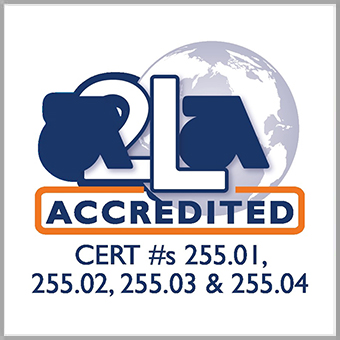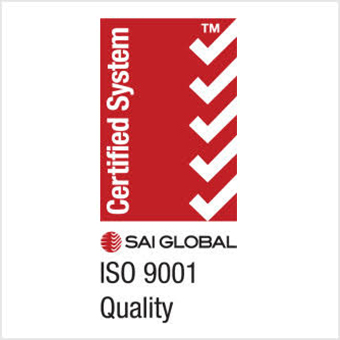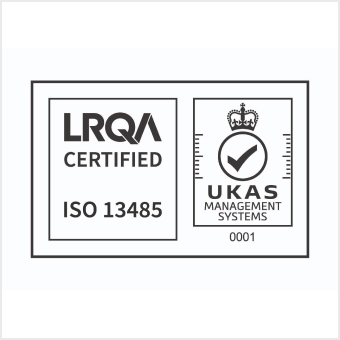ARDL offers Microbiological Analysis and Latex Protein Analysis of latex products including PPE, gloves, protective clothing and condoms. Natural Rubber Latex (NRL) obtained from the Hevea tree contains many naturally occurring proteins. Residual proteins on products can be absorbed by the user and in some cases produce a severe or life threatening allergic reaction. Natural Rubber Latex (NRL) obtained from the Hevea tree contains many naturally occurring proteins. Residual proteins on products can be absorbed by the user and in some cases produce a severe life threatening allergic reaction. ASTM has developed a set of standards for quantifying extractables and antigenic protiens and ARDL’s Microbiology Laboratory is accredited by A2LA to perform all three of these standards.
ASTM D5712 Modified Lowry Standard is a chemical method used to quantify the total extractable protein content of a test item. This method is not specific for latex proteins but will tell you the total amount of protein from Hevea and other sources that are in the test item. NOTE that for this assay three items (e.g., gloves) are required for a single test result. ARDL is also accredited for CEN455-3, which is the European Standard equivalent of ASTM D5712. NOTE that for the CEN procedure, at least 4 gloves are required for testing.
ASTM D6499 Inhibition ELISA is an immunological method which uses antibodies raised to the full complement of Hevea proteins to quantify the amount of Hevea proteins present. This method is specific for Hevea proteins and will not quantify other proteins if present.
These two methods constitute the basis of the natural latex allergy product evaluation and are conducted within ARDL’s Microbiology laboratory under the direction of David Kostyal, Ph.D. The laboratory focuses on latex protein testing and biocompatibility assays and further expands ARDL’s capabilities in the microbiological field.
ASTM D7427 Allergen ELISA is a test method that uses a set of four ELISA kits that quantifies four of the most common Hevea allergens. The assay is a Sandwich ELISA, which uses monoclonal antibody pairs to bind and quantify the specific allergen levels. These 4 allergens serve as a proxy for the total complement of allergens. This assay is more specific than the D6499 assay in that it measures a subset of the total antigenic proteins – the allergens.




